Top 10 Expert Tips to Spot the Difference Between a Stye and a Chalazion
The human eye is a delicate organ, susceptible to various conditions that can cause discomfort and visual disturbances. Among these, styes and chalazia are two common eyelid issues that often confuse people due to their similar appearances. However, understanding the differences between these two conditions is crucial for effective treatment and prevention. This article aims to provide a comprehensive guide to distinguishing a stye from a chalazion, equipping you with the knowledge to handle these eye issues like a pro. Through exploring symptoms, causes, treatments, and preventive measures, we will delve into the nuances that set these two conditions apart. By the end of this article, you’ll have a clear understanding of how to identify and manage these common eyelid problems, ensuring better eye health and comfort.
Anatomy of the Eyelid
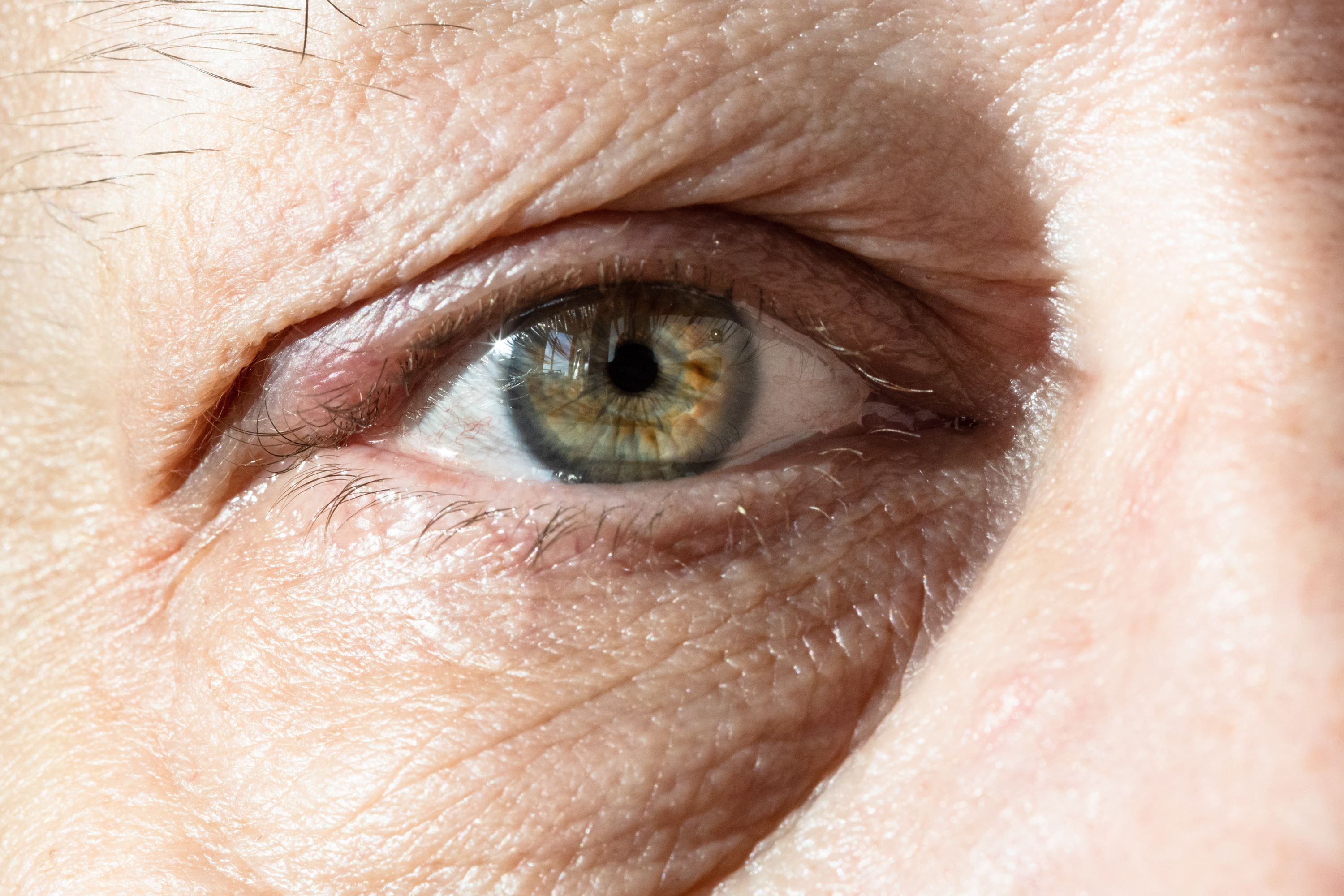
To differentiate between a stye and a chalazion, it’s essential to understand the anatomy of the eyelid. The eyelid comprises several layers, including skin, muscle, and connective tissue, each playing a vital role in protecting the eye and maintaining its function. Within these layers are glands such as the meibomian glands and the glands of Zeis and Moll, which produce oils that keep the eye lubricated. A stye, or hordeolum, typically arises from an infection in one of these glands, leading to a painful, red bump. In contrast, a chalazion results from a blockage in a meibomian gland, causing a non-infectious, firm lump. Recognizing the involvement of specific glands helps in identifying whether you’re dealing with a stye or a chalazion, as their origins dictate their symptoms and treatment approaches.
Symptoms and Sensations
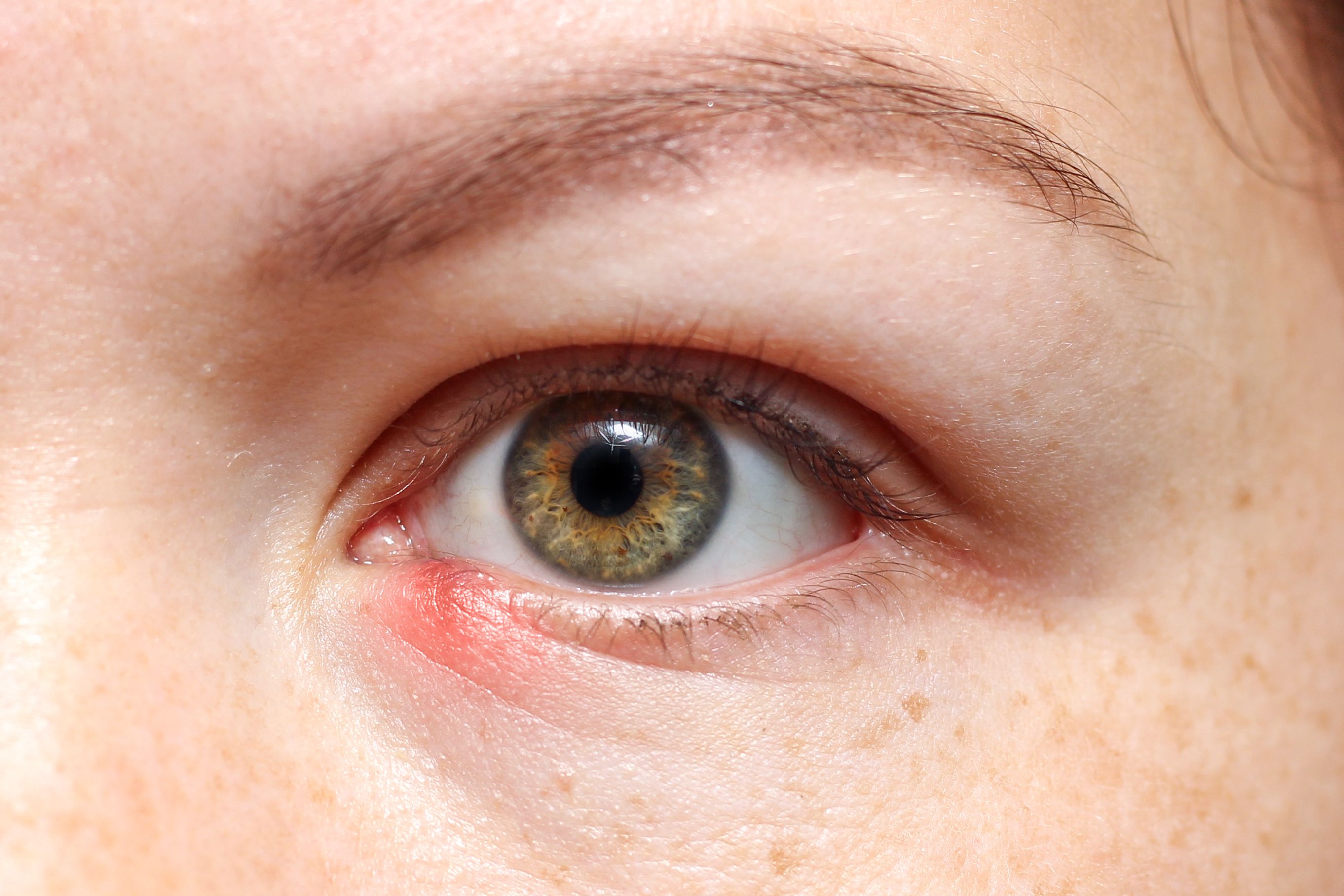
The symptoms and sensations associated with styes and chalazia are among the most telling signs of which condition you might be facing. A stye generally presents with acute pain, redness, and swelling, often accompanied by tenderness and a sensation of warmth. This is due to the infection causing inflammation in the affected gland. Sometimes, a stye may even produce a small amount of pus. On the other hand, a chalazion is usually painless, presenting as a firm, rubbery lump on the eyelid. It may cause mild irritation or a feeling of heaviness but lacks the acute inflammation seen in styes. Understanding these symptom profiles is crucial for distinguishing between the two, as they guide the appropriate response and treatment strategy.
Causes and Risk Factors
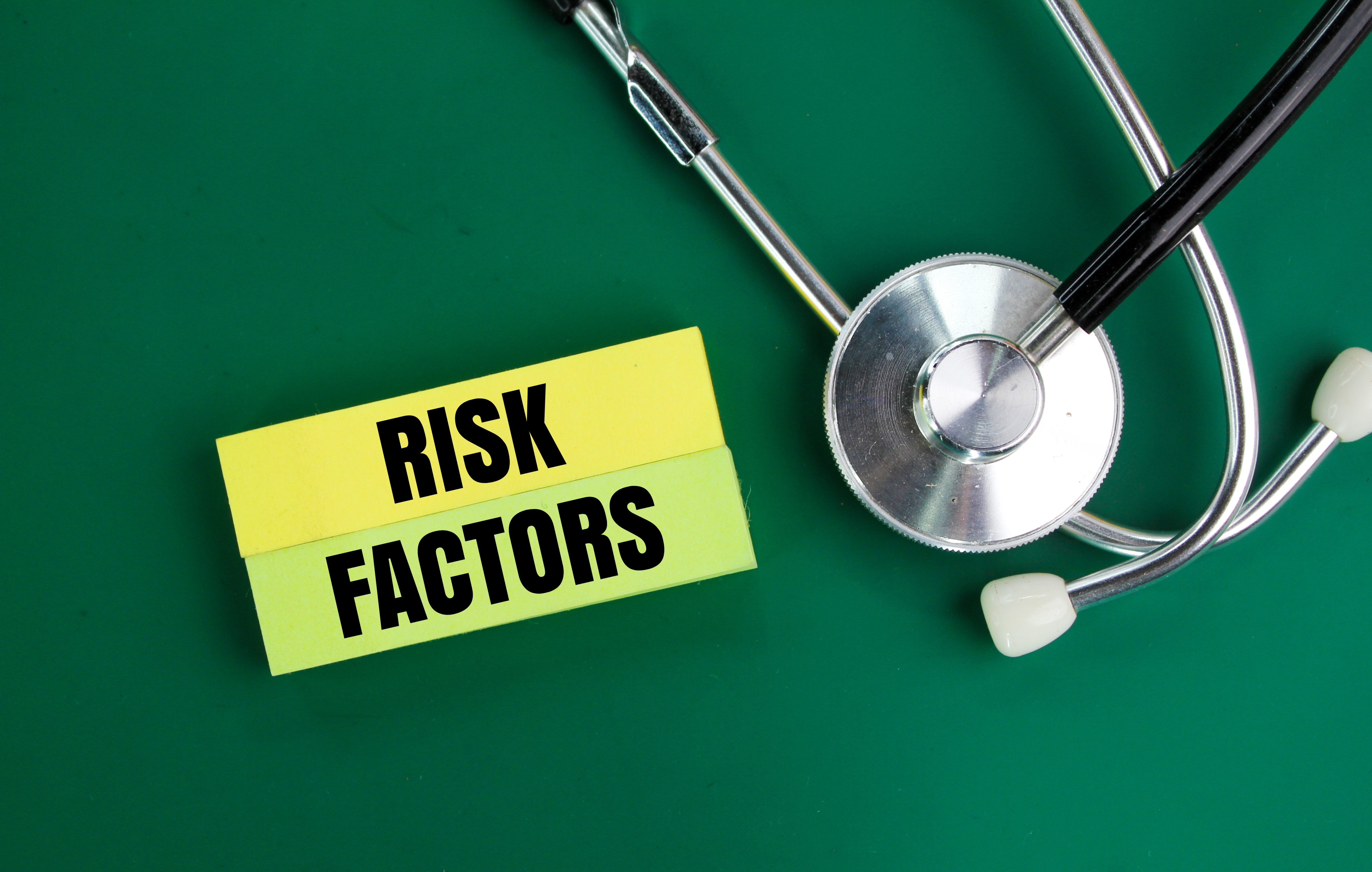
Both styes and chalazia have distinct causes and risk factors, which are essential for accurate identification and prevention. Styes are primarily caused by bacterial infections, often stemming from the Staphylococcus bacteria. Poor eyelid hygiene, touching the eyes with unclean hands, and using expired makeup can increase the risk of developing a stye. In contrast, chalazia occur due to a blockage in the oil-producing meibomian glands, often linked to skin conditions like rosacea or seborrheic dermatitis. Individuals with chronic blepharitis or those who frequently experience eyelid inflammation are more prone to chalazia. Recognizing these causes and risk factors can help in predicting and preventing these conditions, providing a proactive approach to eye health.
Visual Examination Techniques
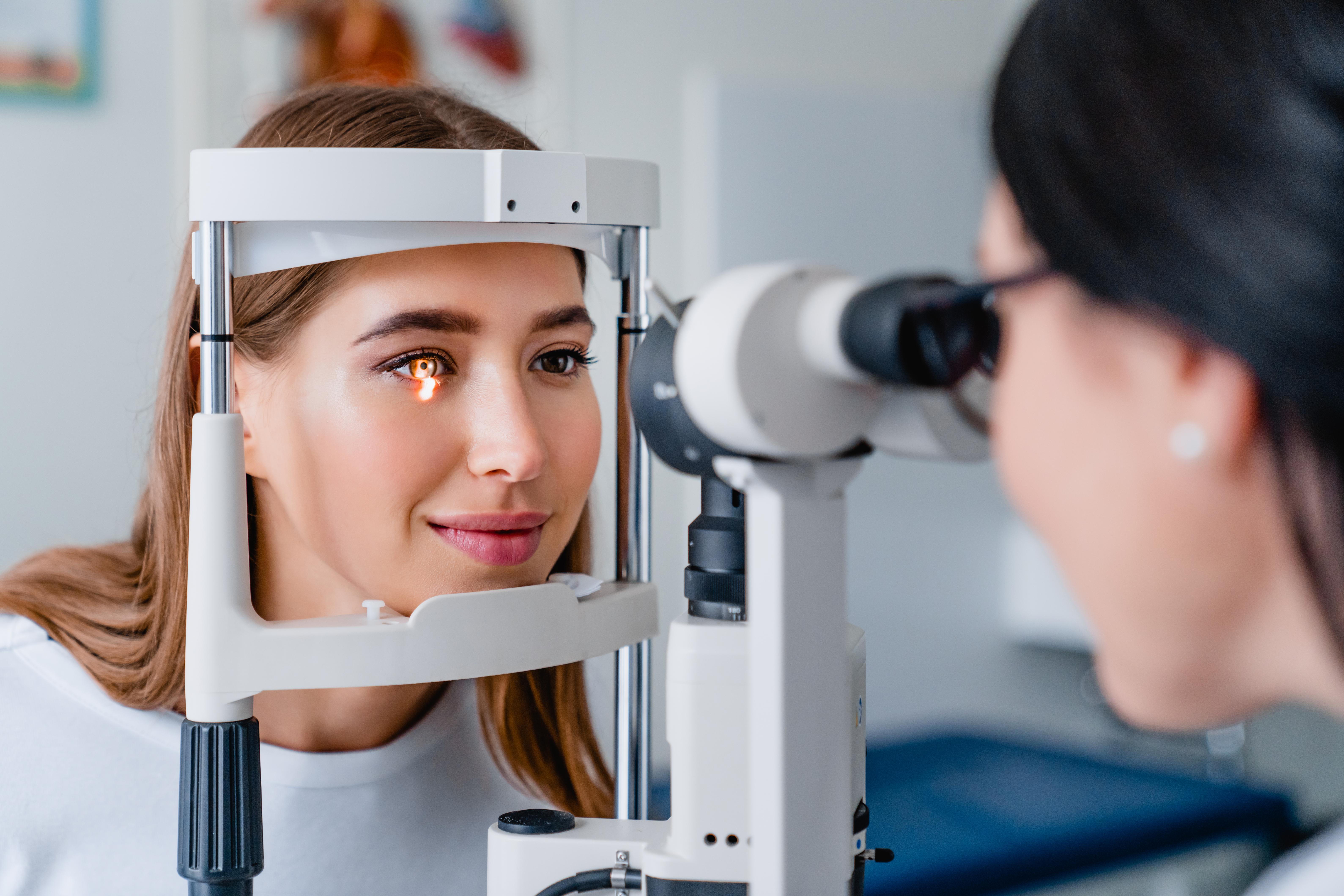
A visual examination is a practical approach to distinguishing between a stye and a chalazion. When examining the eyelid, note the location of the bump. Styes usually form at the edge of the eyelid, near the eyelashes, due to their origin in the glands of Zeis or Moll. In contrast, chalazia are more commonly found on the inner side of the eyelid, where the meibomian glands reside. Additionally, observe the appearance of the bump. A stye often looks like a red, swollen pimple, while a chalazion appears as a larger, more uniform lump. Using a magnifying mirror or a smartphone camera can aid in a more detailed examination, providing further clues to the nature of the eyelid issue.
Duration and Progression
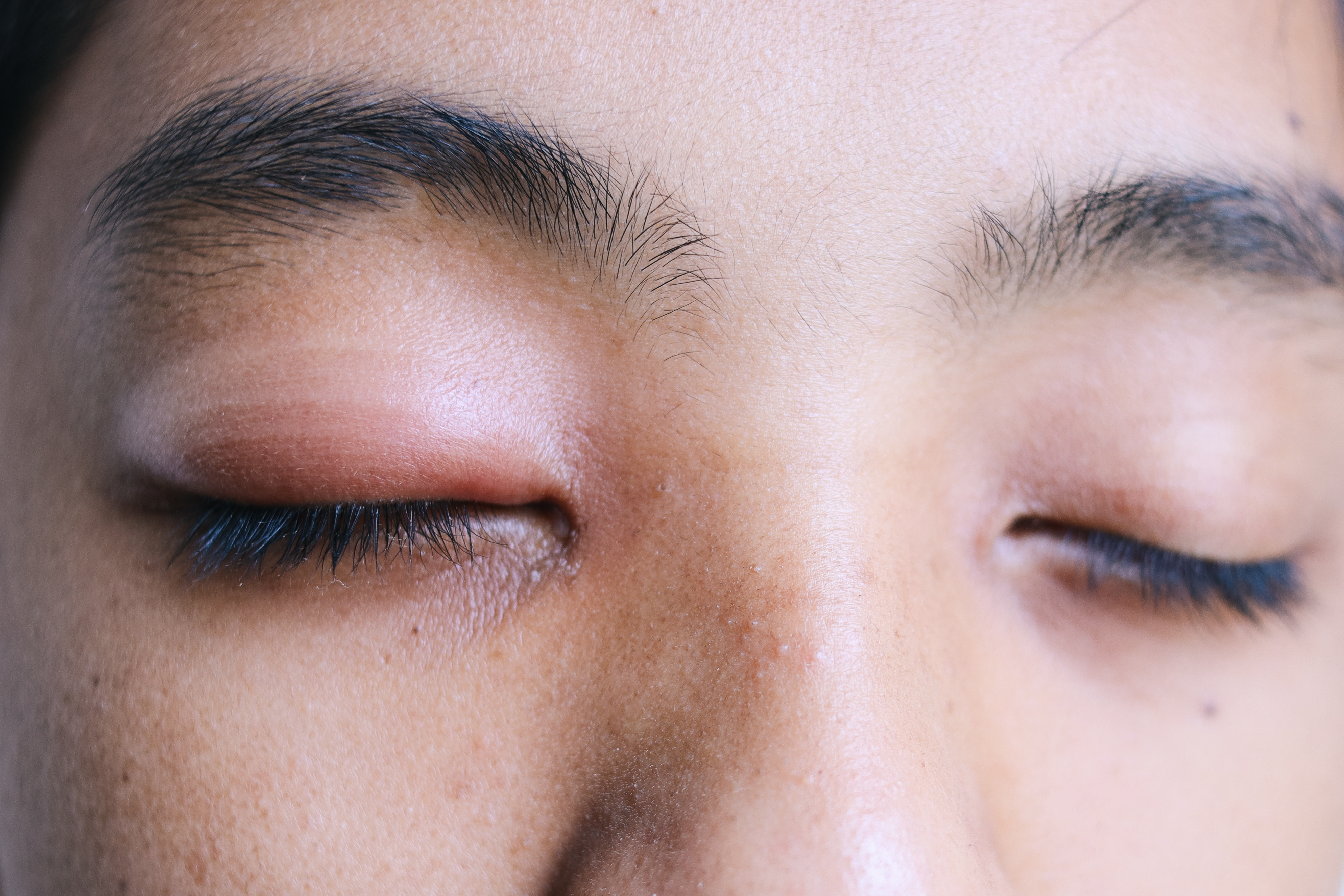
The duration and progression of a stye versus a chalazion can offer significant insights into their identification. Styes typically develop rapidly over a few days, with symptoms peaking quickly and often resolving within a week with proper care. They may burst and drain on their own, providing relief from symptoms. Chalazia, however, develop more slowly, sometimes taking weeks or even months to form fully. They tend to persist longer and may not resolve without intervention. Understanding these timelines can help in distinguishing between the two conditions, as the speed and nature of progression are key indicators of their underlying causes and appropriate management strategies.
Diagnostic Tools and Tests
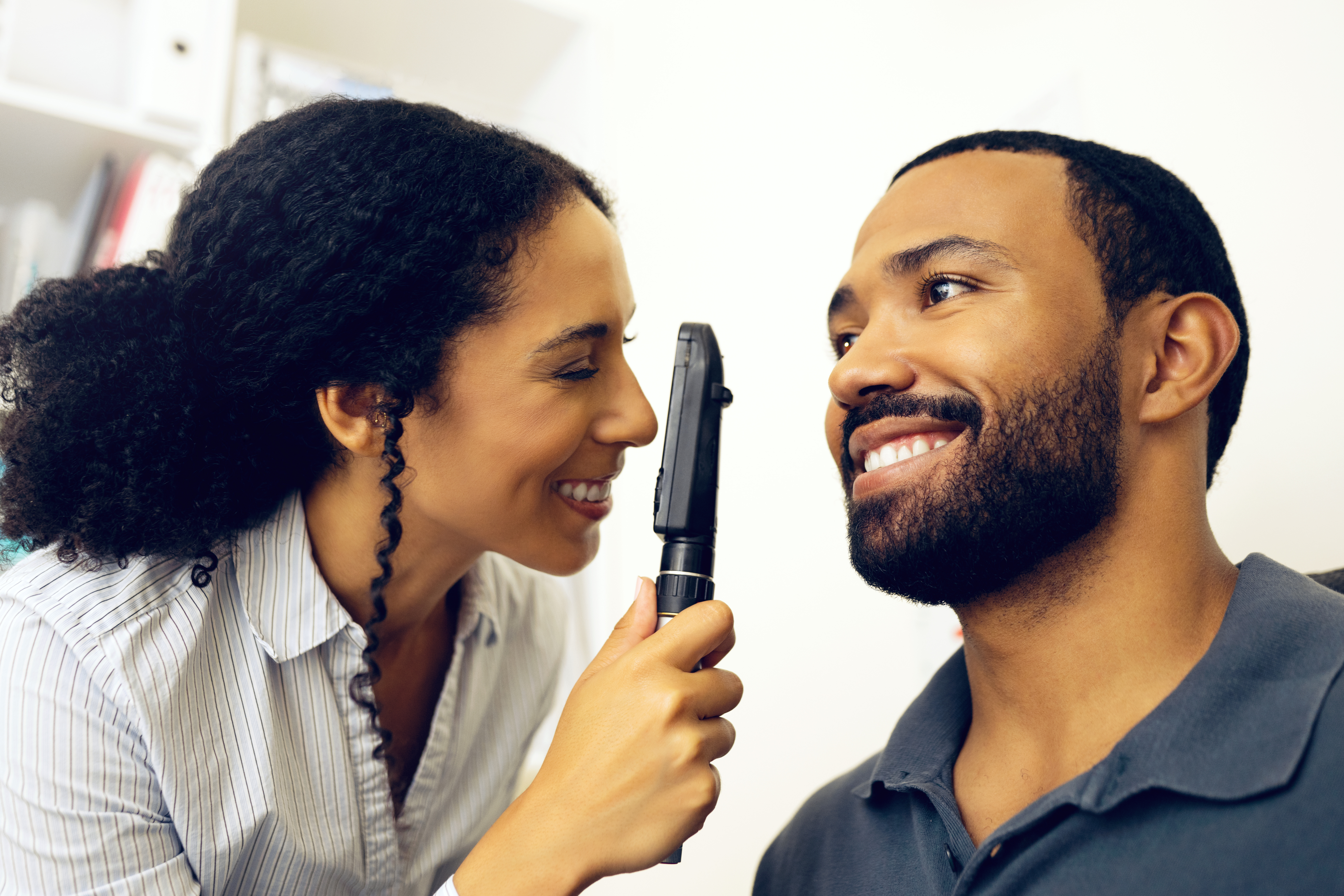
In some cases, further diagnostic tools and tests may be necessary to confirm whether an eyelid bump is a stye or a chalazion. An ophthalmologist or optometrist may use a slit-lamp examination to get a closer look at the eyelid and assess the characteristics of the bump. In rare cases, if the lump persists or there is uncertainty about its nature, a biopsy may be performed to rule out other conditions, such as eyelid tumors. These diagnostic tools provide a more definitive answer and guide the treatment plan, ensuring that the condition is managed appropriately and effectively.
Treatment Approaches
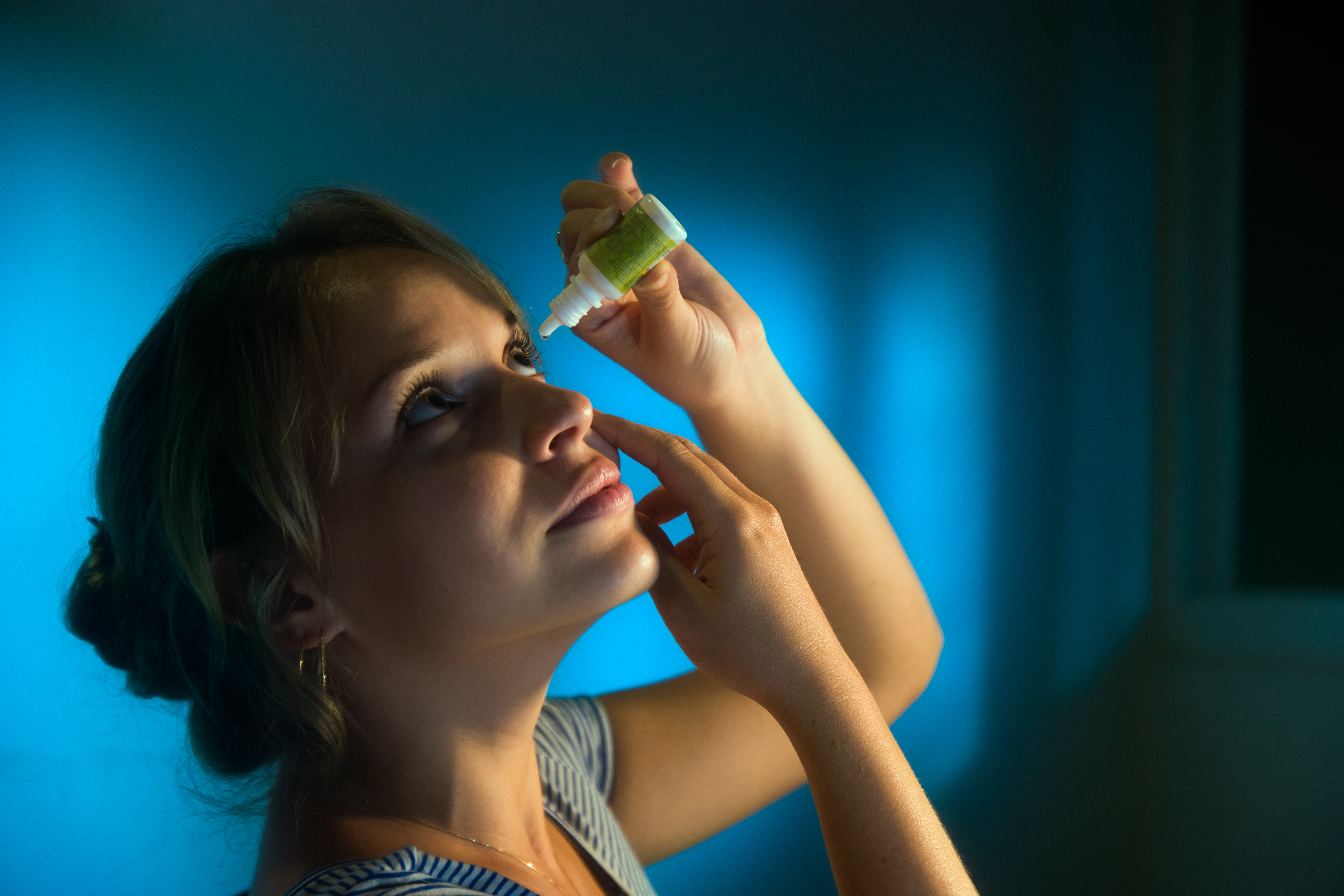
Treatment for styes and chalazia differs significantly due to their distinct causes. For styes, warm compresses applied several times a day can help reduce swelling and encourage drainage. In some cases, antibiotic ointments or drops may be prescribed to combat the underlying infection. Chalazia, being non-infectious, are typically managed with warm compresses and gentle massage to promote gland drainage. If a chalazion persists, steroid injections or surgical removal may be necessary. Understanding these treatment differences is crucial for effective management, as applying the wrong treatment can exacerbate symptoms or prolong recovery.
Home Remedies and Self-Care
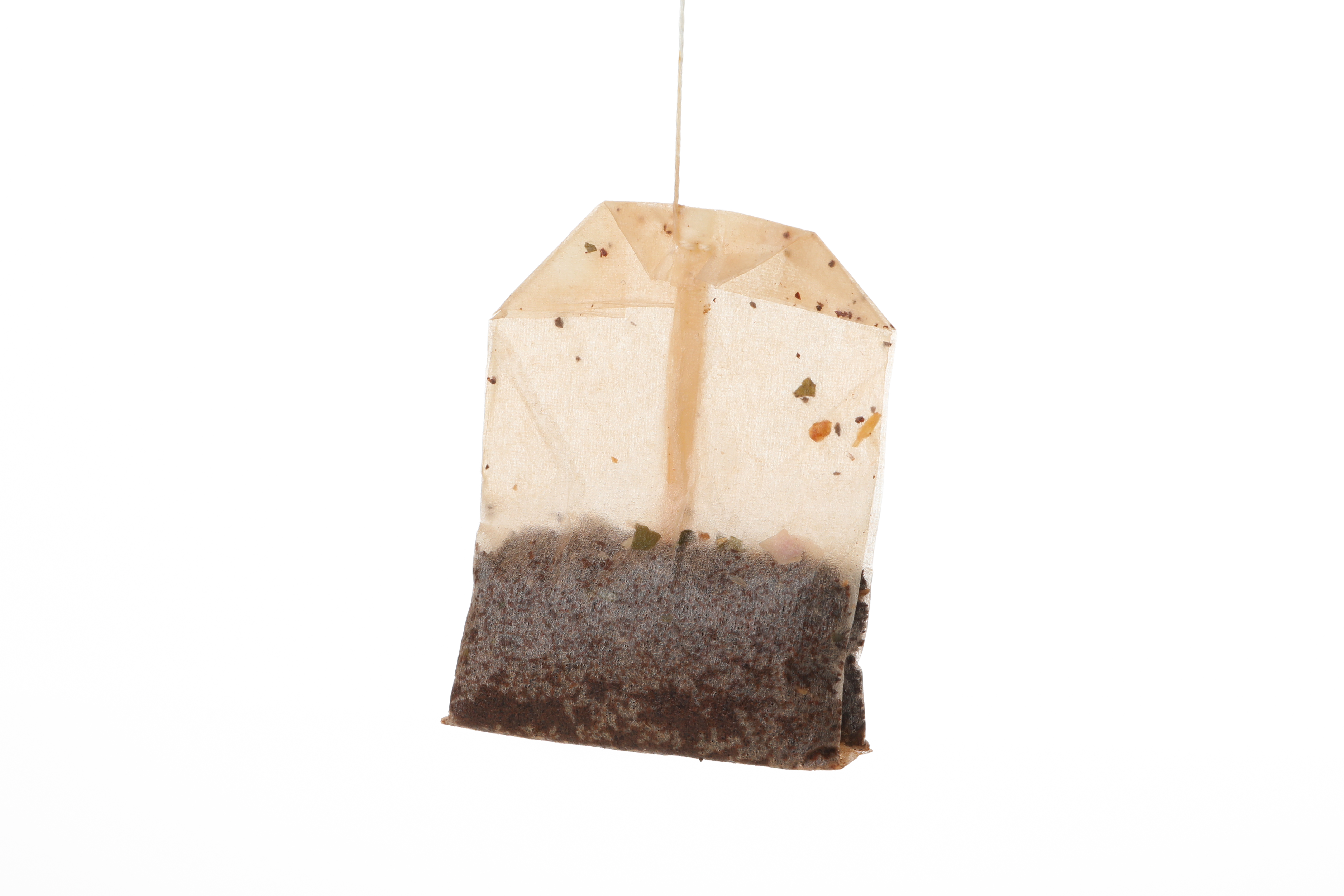
In addition to medical treatments, several home remedies and self-care practices can aid in the management of styes and chalazia. Maintaining good eyelid hygiene is paramount, including regular cleansing with a gentle, non-irritating solution. Avoiding eye makeup and contact lenses during an active episode can prevent further irritation. For styes, applying a warm tea bag or a clean, warm washcloth can provide relief and promote healing. For chalazia, gentle eyelid massages can help unblock the gland. These self-care practices complement medical treatments, offering a holistic approach to managing these common eyelid conditions.
Preventive Measures

Preventing styes and chalazia involves adopting habits that promote eyelid health and hygiene. Regular hand washing and avoiding touching the eyes can reduce the risk of bacterial infections leading to styes. Ensuring that makeup is not expired and is removed thoroughly before sleeping can prevent gland blockages. For individuals prone to chalazia, managing underlying skin conditions and maintaining a balanced diet to support skin health can be beneficial. Incorporating these preventive measures into daily routines can significantly reduce the likelihood of developing these eyelid issues, promoting overall eye health and comfort.
When to Seek Professional Help

While many styes and chalazia resolve on their own with home care, there are situations where professional medical help is necessary. If a stye or chalazion does not improve within a week, or if it causes significant pain, vision changes, or recurrent episodes, consulting an eye care professional is advised. Persistent lumps may require further evaluation to rule out other conditions. Additionally, if you experience symptoms such as fever or spreading redness, it may indicate a more serious infection requiring medical intervention. Recognizing when to seek help ensures timely and appropriate treatment, preventing complications and promoting recovery.
Mastering Eye Health
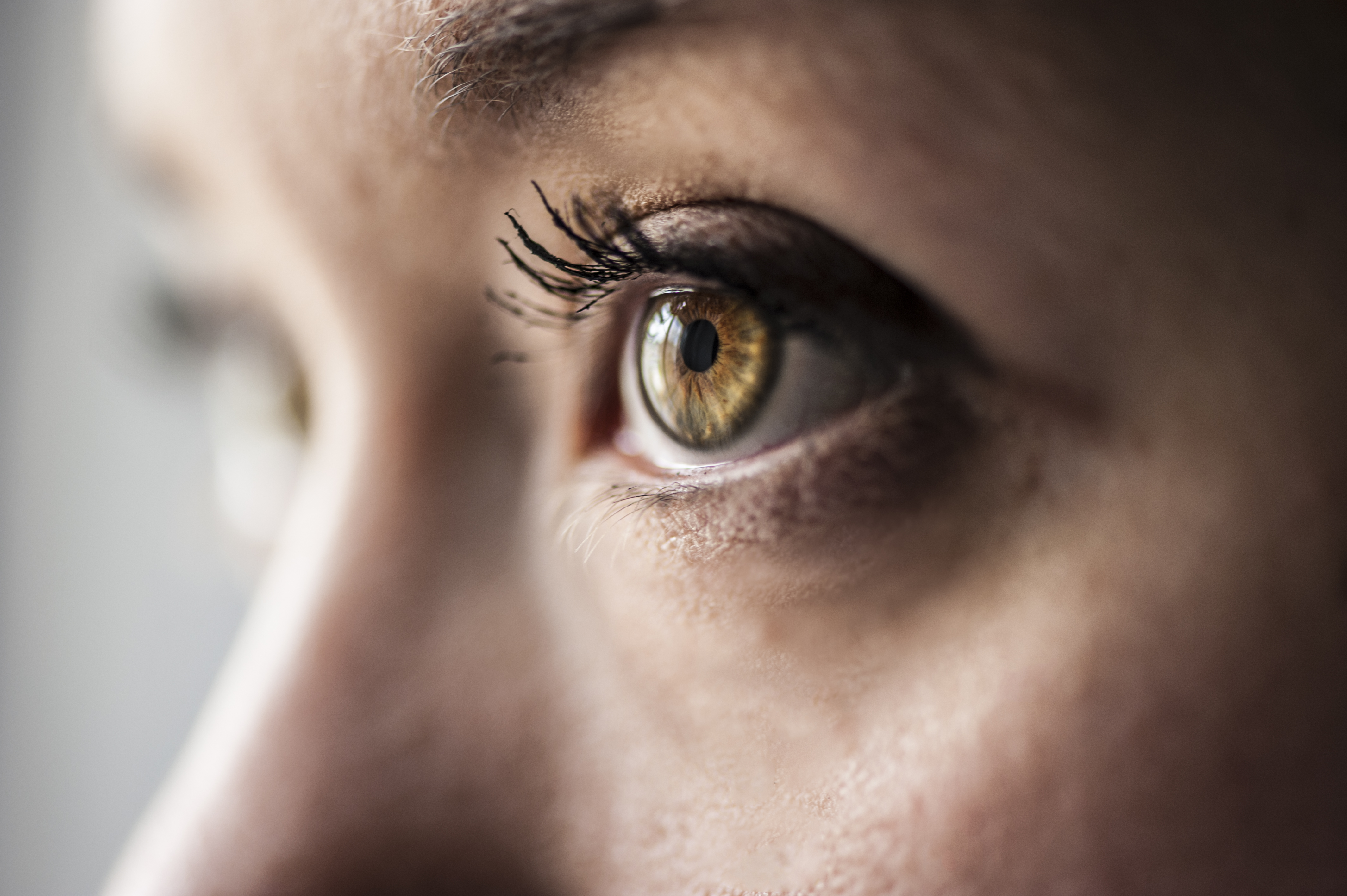
By understanding the differences between styes and chalazia, you can effectively manage and prevent these common eyelid conditions. From recognizing symptoms and causes to employing appropriate treatments and preventive strategies, this knowledge empowers you to take control of your eye health. As you apply the insights gained from this guide, you’ll be able to distinguish between these conditions like a pro, ensuring that your eyes remain healthy and comfortable. Remember, maintaining good eyelid hygiene and seeking professional advice when needed are key components of mastering eye health, allowing you to enjoy clear vision and comfort every day.
